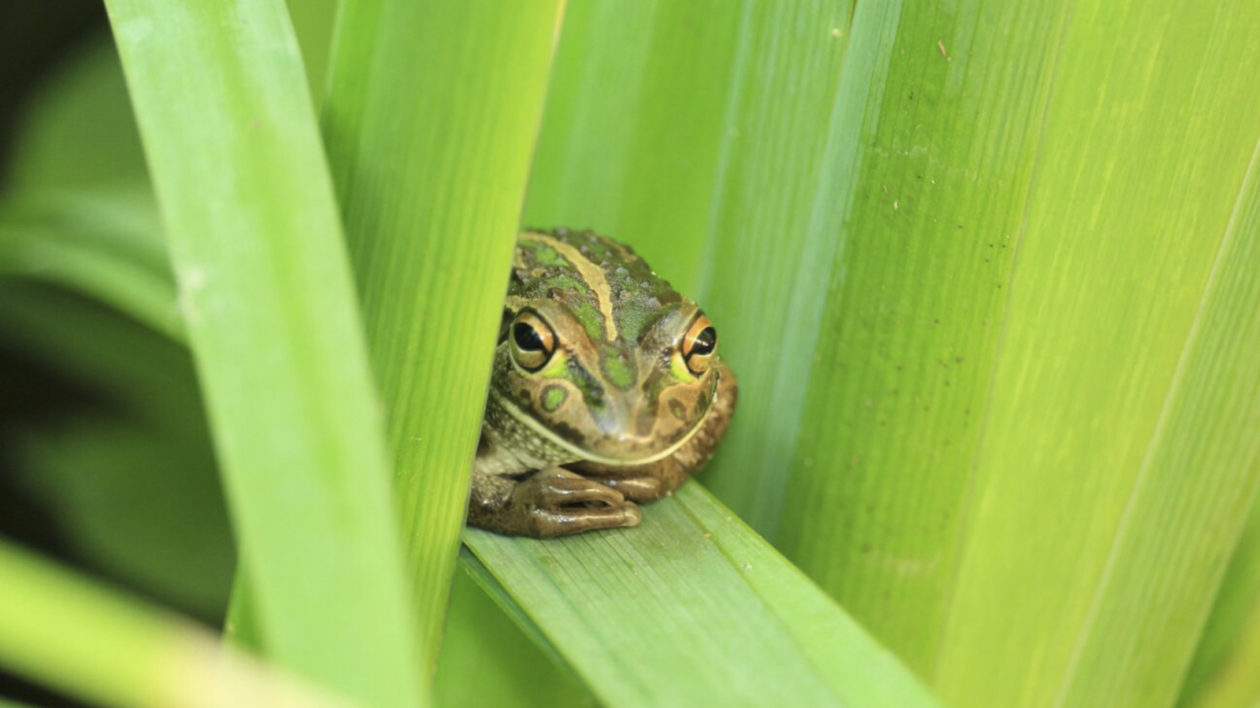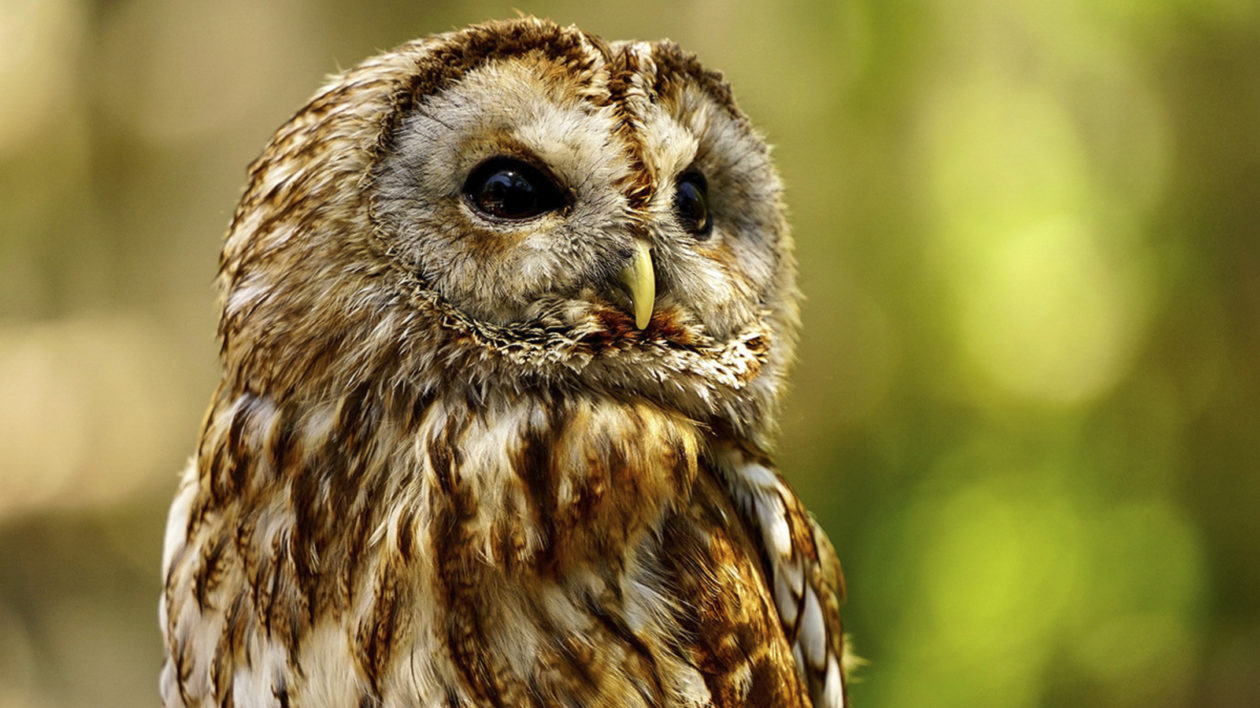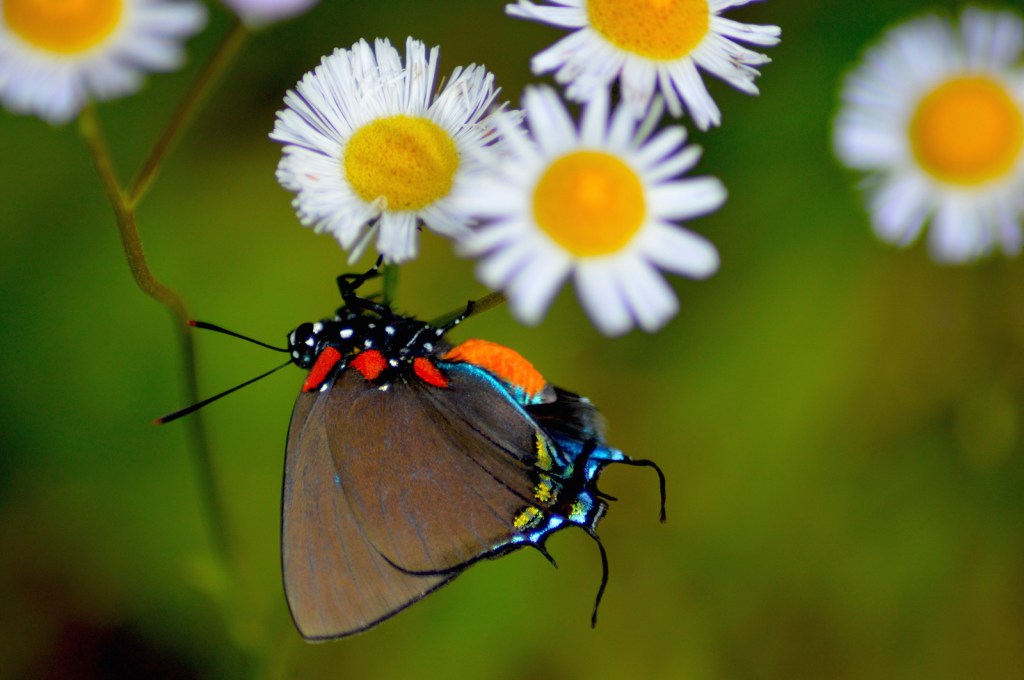By itself, a plain grass lawn is stark and visually unappealing—which is why most homeowners add shrubs, flower beds, and specimen trees. Today, there’s a new movement afoot known as natural landscaping: using native trees, shrubs, and low plants to add textural diversity to a yard while attracting and benefiting wildlife.
Research has shown that seeing wildlife around your home—hearing birds sing, glimpsing brightly colored butterflies and dragonflies, seeing a garter snake slither into a stone wall— makes life more enjoyable.
Many of us have a visceral need to be in touch with wild creatures and to acknowledge that we ourselves are part of nature, even if we live in suburbs and other settings where housing is dense.
Today, more and more homeowners are integrating habitat features with their grass yards, informed and encouraged by university cooperative extension services, organizations like the Audubon Society and National Wildlife Federation, and forward-thinking scientists such as Douglas Tallamy, an entomologist and wildlife ecologist with the University of Delaware.
Tallamy’s groundbreaking books, Bringing Nature Home (Timber Press, 2007) and The Living Landscape (Timber Press, 2014), explain how using native plants can help sustain wildlife, plus deliver other benefits, including saving energy, screening out objectionable sights or sounds, cooling the air, sequestering carbon, recharging groundwater, and improving soil aeration—all while yielding a sense that you are helping rather than impeding nature.
Rest assured that even if you own a small lot, you can make a difference. Whether it’s creating a patch of woodland, installing a birdbath or other water feature, or putting in a butterfly garden or a hedge of native shrubs, you can help wildlife and the environment while making your yard more interesting and enjoyable for yourself and your family.

An excellent publication, downloadable and printable from Penn State University’s Wildlife Extension website, is “Neighborly Natural Landscaping” by Margaret Brittingham, Ph.D., a wildlife scientist specializing in birds. As Brittingham points out, “the more people who practice natural landscaping, the better for the environment and the more acceptable it becomes.”
To win your neighbors’ approval for a home habitat project (and possibly enlist them in a community-wide effort to link habitat areas through wildlife corridors), design your lawn alternative so that it clearly appears to be intentional and doesn’t just look like a neglected weed patch.
“People like order, purpose, and tidiness,” writes Brittingham, who offers key strategies to help your landscape look “tended.”
Install borders. Mowed edges or setbacks from your property line can keep taller plants from obstructing sight lines or encroaching on neighbor’s lawns, the sidewalk, or the street. (You’ll also want to keep some lawn for children’s play areas or places where you can picnic, have an outdoor get-together, or access different habitat areas for maintenance. Put in paths that human visitors can use without having to brush up against taller vegetation that may harbor ticks.)

Use curving lines where possible. Our aesthetic sensibilities respond more favorably to curved lines than to sharp corners and hard straight lines. In the wild, natural areas tend to have curves and zones of gradation at their edges.
Start small. Begin with a discrete, doable project like planting a small wildflower garden or bringing back a natural forest understory beneath trees on your lawn. From these core areas, move outward to take in more and more of your yard. Writes Brittingham: “Expand gradually, imitating nature’s processes of gradual succession rather than sudden takeover.”
Match the correct plants to your site. Trying to grow sun-loving wildflowers beneath shade trees will be frustrating, probably unsuccessful, and potentially unattractive. Don’t shoehorn the wrong kinds of plants into areas where they can’t thrive.

Use native plants where possible. Research shows that insects – key foodstuffs for our birds and their offspring – tend not to eat nonnative plants, since they lack the enzymes to digest such vegetation. Many native plants are just as beautiful as nonnatives. That doesn’t mean you need to yank out every foreign-sourced plant in your garden. But be aware of and never plant species that might aggressively invade other habitats and displace native vegetation. Being a good neighbor includes making sure your plants don’t trespass in your neighbors’ gardens.
As you develop a home landscape for wildlife, try to sustain and boost diversity. Look closely at your habitat layers from the ground up.
Fallen trees provide cover at ground level; some landowners bring in hollow logs and lay them on the ground in strategic places. If you can safely do so, leave dead trees (snags) standing so that woodpeckers can feed on the insects they attract and excavate cavities for nesting.
Tree cavities draw nesting chickadees, nuthatches, and flying squirrels. In suburbs with older shade trees, barred owls may nest in spacious cavities; you can provide them with prey-attracting structure in the shrub layer. Adding nest boxes is a great way to create artificial cavities in areas where trees are not yet large enough to have developed their own.

Remember, a lot of small habitat projects can add up. If your neighbors like what you’re doing, they may follow your lead. Imagine what could happen if a majority of the small-lot owners in this country replaced their lawns with natural habitats.
Collectively they could build a huge refuge that would attract and support wildlife while creating opportunities for individuals and families to watch and learn about animals and nature.
Charles Fergus’s recent book, Make a Home For Wildlife, encourages and educates landowners in eastern states to improve their properties for wildlife – whether they own a small lot or a hundred acres.




We recently moved into a new house in town from a rural acreage where we gardened organically for 50 years. We were excited to talk with the “landscaper” about our new lawn and gardens. We discovered that the “landscaper” doesn’t talk about what we want to plant, only what edgings and retaining walls we want them to install. They also don’t talk with the sod-layers or the sprinkler=installers. And none of them recognize differences between native and non -native plant selections. The local nurserymen are only a tiny step ahead of the building contractors.
Why the big divide between the biologists and the professionals? Where to start to spread appreciation for yards that contribute to natural systems? Please explain.
I am interested in an article or booklet that gives a list of all Idaho Native Plants. I have a partial list, but I know there must be many more! I (and a couple of key members if my garden club) are building a Butterfly/ Pollinator Garden at the National Wildlife Refuge and it is to be all Native Idaho Plants! Can you help?
Would appreciate info on gardening in central New Mexico.